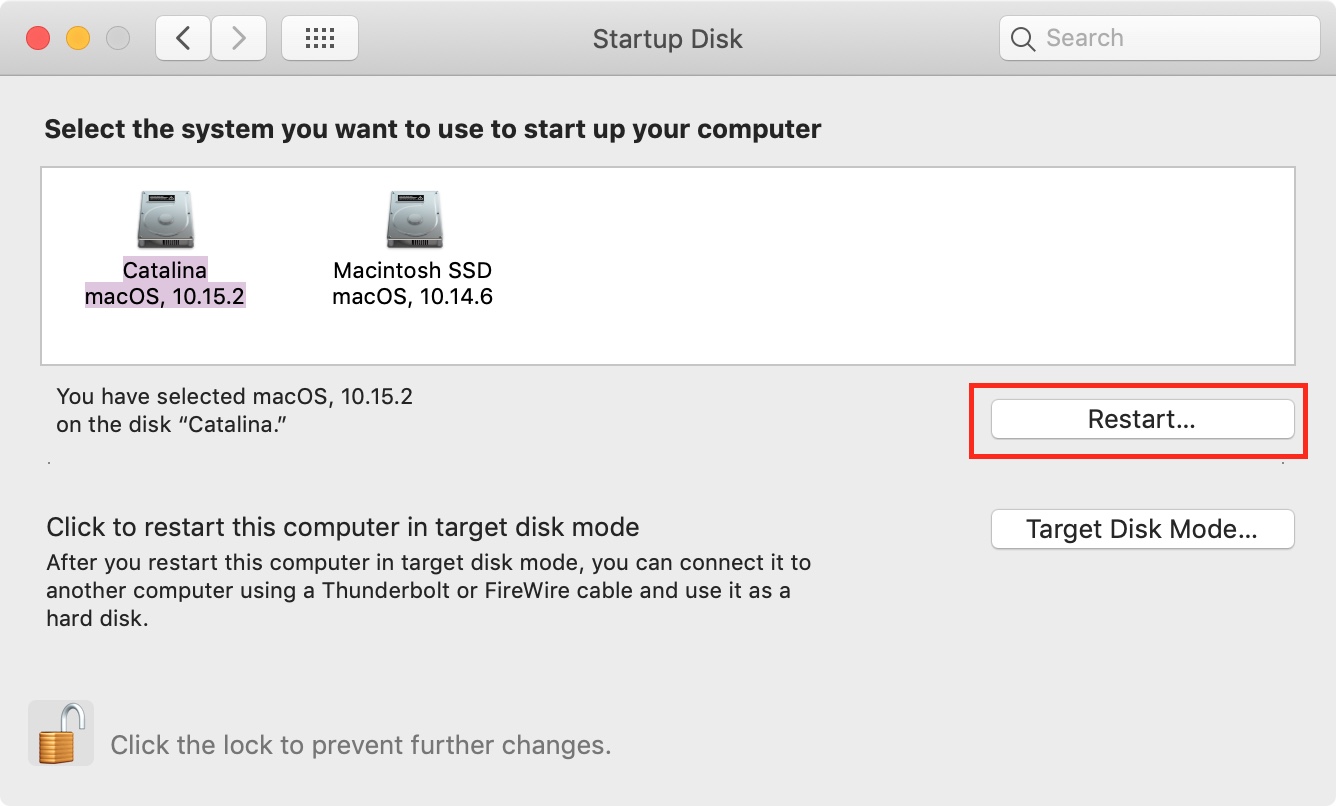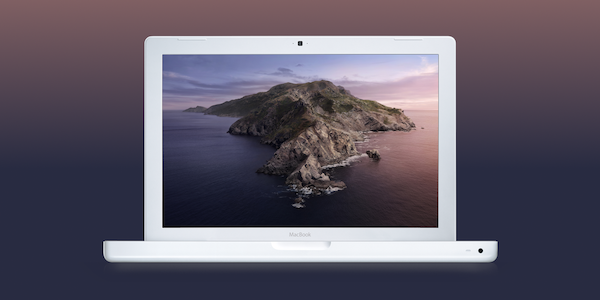

- Unable to download mac os mojave install#
- Unable to download mac os mojave upgrade#
It’s important to note that High Sierra can support APFS on SSDs but not Fusion or hard drives. APFS is currently only fully supported on all media types in Mojave.

Mojave upgrades the startup drive to APFS, Apple’s new File System.
Unable to download mac os mojave install#
One option is to use the DiskMaker X app and follow the instructions in Create a Bootable macOS High Sierra Install Drive with DiskMaker X. When you have the installer downloaded, make a bootable copy of the installer on a USB flash drive or other media. NB: High Sierra can currently be found in the Mac App Store using the link above, but Apple may choose to remove or restrict the download in the future. Once the installer has finished downloading, quit the installer which may start automatically. If you want to go back to an earlier version of the OS, you’ll need to have downloaded the installer before you upgraded to Mojave, or have access to a Mac running an earlier version of the operating system, and then log in to the App Store and download the installer you need using the store’s Purchased tab. You can find it using the direct link: /us/app/macos-high-sierra/id1246284741?mt=12 One of the most simple choices is downgrading to macOS High Sierra since the installer app is still available in Mojave’s Mac App Store.
Use Apple’s recovery service to reinstall the original version of the Mac OS which your Mac shipped with.Ĭhoose your method based on your needs and the availability of an installer for the OS you want to return to. Use a downloaded Mac OS installer for the version you want to revert to. If downgrading is what you need to do, then there are three ways you can do it: This will let you run earlier versions of apps that you may need, without having the need for a downgrade. Another option would be to use a virtualisation app, like Parallels where you can run an earlier version of the macOS. Allowing you to keep Mojave and switch between the OS versions as required. If the reason you are downgrading is that you need a specific app that doesn’t work well under Mojave, you could install an older version of the macOS on a separate drive or partition. You can also use Time Machine but whichever method you use you should ensure you have a backup before going ahead.īefore you start the downgrade process you should consider these alternatives: We recommend creating a clone of your start-up drive to make accessing those backup files as simple as possible. The backup may be the only place you can find documents and files should you need to restore them. Another reason you need the backup is that the process of downgrading includes erasing the start-up drive from your Mac. This will ensure that, if something should go wrong, you can recover your data and start again without having lost anything. You should always start this process with a backup. Whatever the reason, you can downgrade from macOS 10.14 and revert to an earlier version by following these steps: Maybe Mojave is just performing poorly on your system, or perhaps one of your favourite or critical apps hasn’t yet been updated for Mojave and you simply need to downgrade the OS to be able to keep running an older app. But even with all of these new capabilities, a few of you may find yourselves wishing you could go back to one of the previous versions of the Mac operating system. Open that app from your Applications folder to begin installing the operating system.MacOS Mojave has a great deal going for it, with lots of new features, new security and privacy safeguards, as well as new apps such as News and Home. Safari downloads the following older installers as a disk image named InstallOS.dmg or InstallMacOSX.dmg. Unable to download mac os mojave upgrade#
macOS High Sierra can upgrade Sierra, El Capitan, Yosemite, Mavericks, Mountain Lion. macOS Mojave can upgrade High Sierra, Sierra, El Capitan, Yosemite, Mavericks, Mountain Lion. macOS Catalina can upgrade Mojave, High Sierra, Sierra, El Capitan, Yosemite, Mavericks. macOS Big Sur can upgrade Catalina, Mojave, High Sierra, Sierra, El Capitan, Yosemite, Mavericks. 
After you download the installer from the App Store, the installer opens automatically.

Safari uses these links to find the old installers in the App Store.








 0 kommentar(er)
0 kommentar(er)
